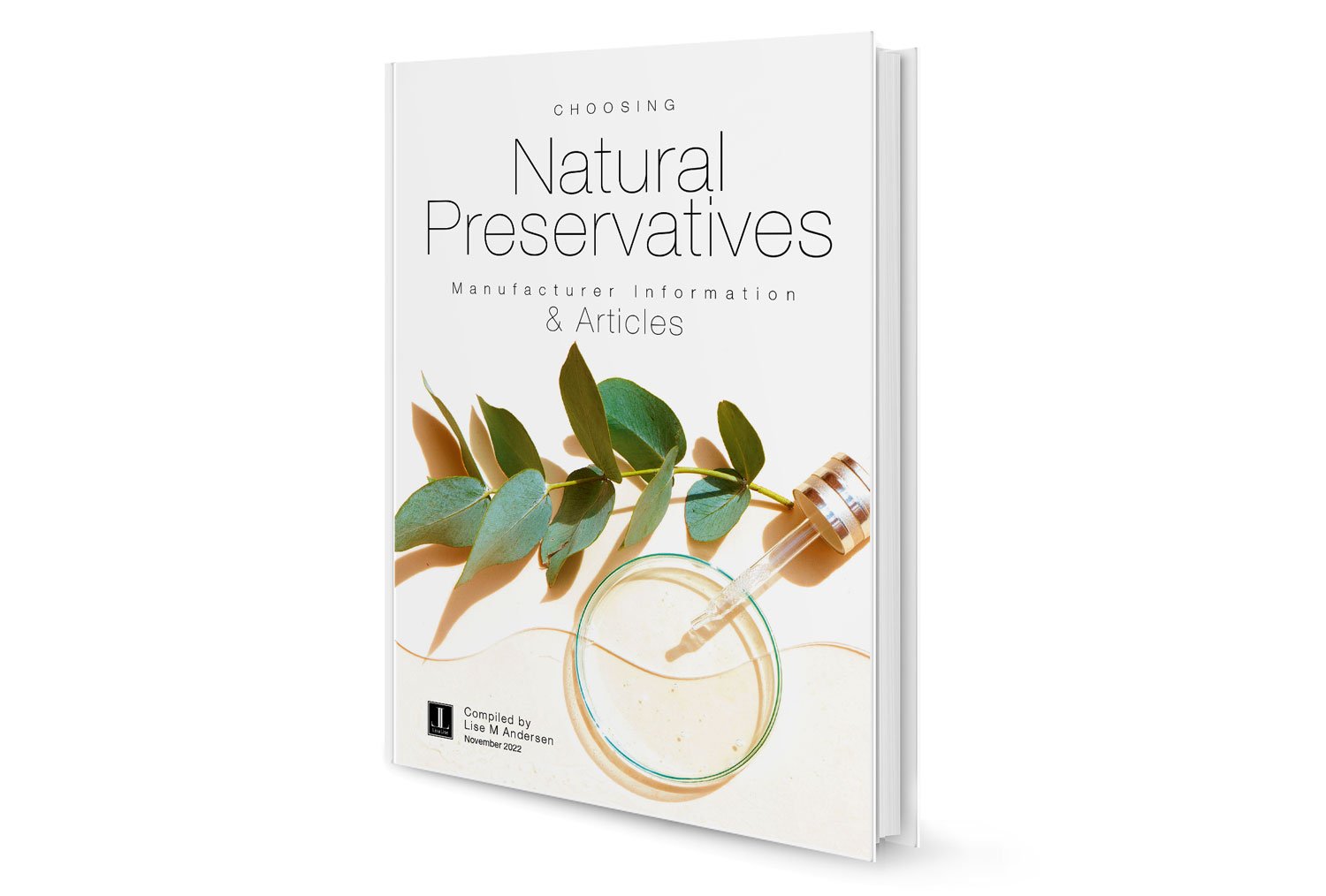The Versatility of Formulating Bi-Phase Products
Lise
I’ve gotten some great feedback as well as questions from folks since my latest e-book on Bi-Phase Cleansers came out. Thank you all for your input! A few people have asked if I had any additional bi-phase publications in mind (read on) but I’ve also gotten questions along the line of ‘what does bi-phase mean?’
That’s a perfectly relevant question, so let’s start with what bi-phase means.
In ‘formulator speak’, cosmetics are made with phases. Now, I suppose the term could have been steps, sections, or anything else, but as it happens, phases won.
How Phases Work
If you look at a formula for any cosmetic, each phase is described as a step to be followed as part of the process of making that product.
Some cosmetic products consist of only one phase. These are often products that are cold-mixed (mixed together at room temperature). Some examples: bath salts, (some) exfoliating scrubs, skin mists, body oils etc.
Some cosmetics are made with numerous phases.
A cream, lotion or any kind of emulsion consists of both a water phase (with water soluble ingredients) and an oil phase (with oil soluble ingredients). Each phase is dealt with separately until they are ready to be combined into the finished product.
And as we all know, oil and water don’t voluntarily mix, so every lotion or cream has an ingredient (or 2) to help the oily bits mix with the watery bits and stay mixed.
How Bi-Phase Works
Any bi-phase product (cleanser, eye-makeup remover, serum) consists of two visible phases: one with oily ingredients and one with watery ingredients.
What makes a bi-phase product stand out from most other oil-and-water containing cosmetics is there are purposefully no ingredients added to bind the oils with the waters, so the 2 phases will stay separated unless they are shaken together.
Bi-phase products are meant to be shaken together just before use, where the oils and waters will mix just enough to be dispensed from the bottle. As soon as the bottle is left to stand, on the oils and waters immediately separate.
And that’s where the formulating fun comes in.
Color Play
The visual experience is an important part of creating any bi-phase product. Apart from choosing ingredients for their efficacy, the formulator must also consider the way the 2 phases are going to look – both when they are separate as well as when they are shaken together.
If you have a red oil phase and a blue water phase, you’re going to get a cool shade of purple when you shake the product until it magically separates again when you put the bottle down.
Pictured above are a few of the bi-phase cleansers I created while writing the book. It was really hard not to get carried away with the color combinations! There are so many possibilities for both oils and waters that I ran out of containers long before I was finished playing working.
Easy to Make - Even Bi-Phase Serums
Bi-phase products have additional advantages: not only are they are easy to make, but there are endless ways of customising them. Depending on the ingredients you choose, a bi-phase product can be anything from an eye make up remover to a cleanser - and even a face serum.
Because the Bi-Phase Cleanser book is a formulation template, it already contains the information needed to create any bi-phase product - even a serum.
What separates a cleanser from a serum? The choice of ingredients! A serum will in all likelihood contain pricier and more luxurious oils and waters, but can also feature any actives you may choose to include.
So, although it could be tempting to publish more e-books about bi-phase formulating, I fear I would be repeating myself with a book on bi-phase serums, but perhaps a single formula of some type could be considered. Hmm, that’s not a bad idea.
Thanks for your questions and inspiration!
Do Tell
Have you ever made a bi-phase product? What did you make? Please share in a comment below.



















